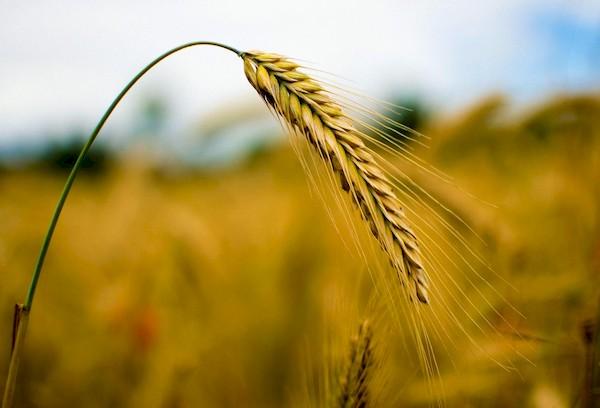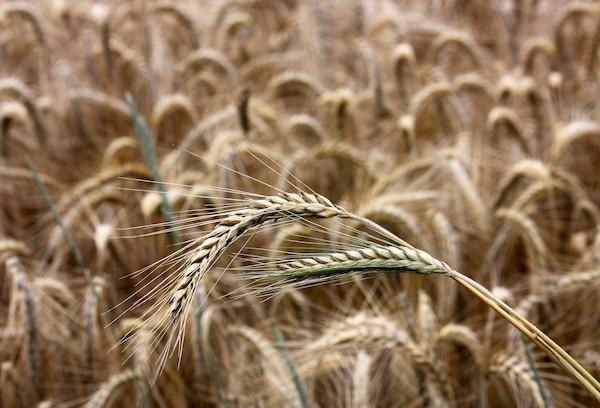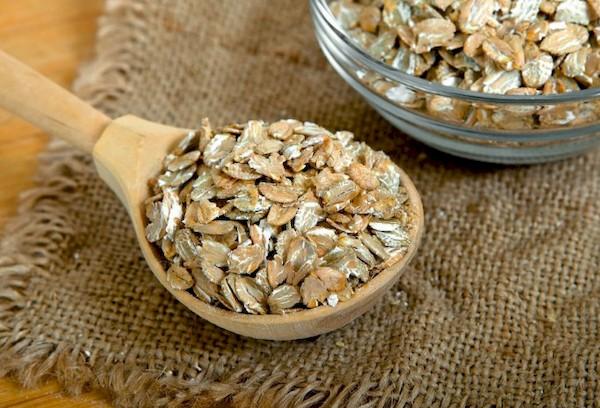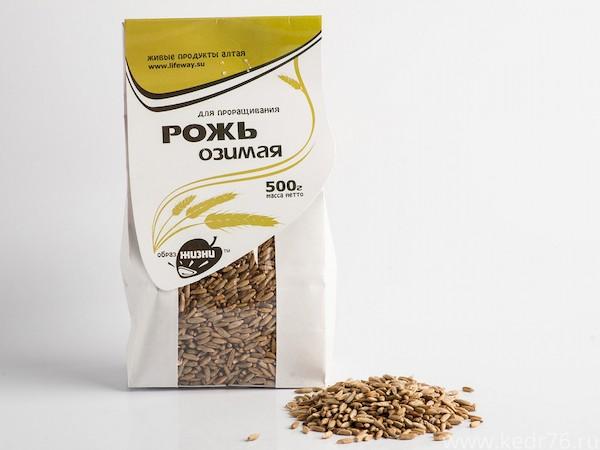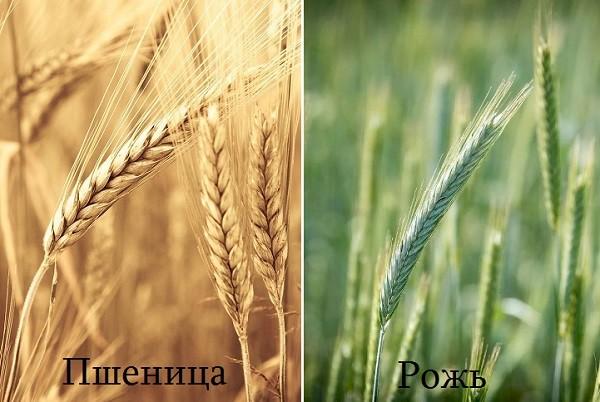What is rye and what does it belong to, how does it differ from wheat?
Rye is a herbaceous plant of the Poaceae family. A typical representative of the wheat tribe, related not only to wheat, but also to barley. Cultivated (sown) varieties of rye are annual or biennial, while wild ones are predominantly perennial.
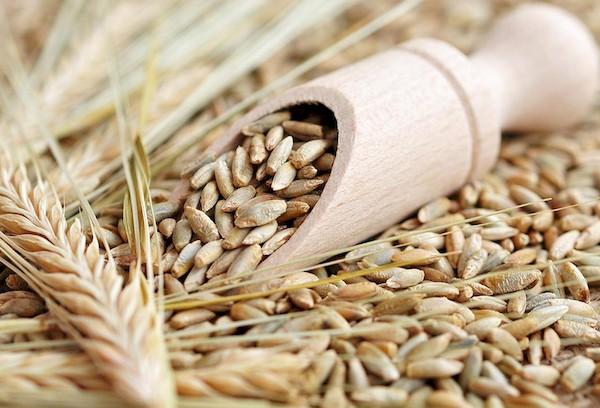
Anatolia (the territory of modern Turkey) is considered the birthplace of rye, but where and when this plant first began to be cultivated is not known for certain. Scientists have proven that rye was planted in Ancient Egypt, and by the 10th-12th century it began to be grown in India, Asia, the Middle East and Europe. According to one version, the culture was brought to the territory of Rus' by Tatar tribes who once lived beyond the Volga. And the exact origin of rye is also unknown. There is an assumption that the ancestor of the species was the plant Secale Montanum Guss, common in Southern Europe and Asia. But a number of scientists dispute this hypothesis.
Today, rye is one of the most popular cereal crops. It is grown almost throughout the Northern Hemisphere. The largest producers are North America, Canada, Scandinavian countries, Europe, the Baltics, Russia and China.
What are rye grains made from?
Rye grains are obtained from the inflorescences of the crop (ears). This part of the plant is up to 15 cm long and slightly more than 1 cm wide. The seeds are oblong, oval-round, small in size (5-10 mm).Their color can be beige, yellow, olive, greenish or brown. Weight 1000 pcs. rye grains, depending on the variety, is 20-55 g.
Today, more than 40 varieties of this grain crop are known. The differences between varieties are in the shape and size of the grains, stem height, frost resistance, etc.
All types of seed rye are divided into 2 forms - spring and winter. The first ones are planted in the soil in the spring and harvested in the year of planting. The second ones are sown in the fall, and, after winter hibernation, the crop continues its development.
What is contained in 100 grams of rye grains
The calorie content of rye cereal is 335 kcal per 100 g, BZhU - 14.76/2.5/55.16 g. Moreover, the product has a rich chemical composition. Rye grains contain:
- beta-carotene (provitamin A);
- vitamin B1 (thiamine);
- vitamin B2 (riboflavin);
- vitamin B3 (niacin);
- vitamin B5 (pantothenic acid);
- vitamin B6;
- vitamin B9 (folic acid);
- vitamin E;
- vitamin K;
- iron;
- potassium;
- calcium;
- magnesium;
- manganese;
- sodium;
- selenium;
- phosphorus;
- zinc;
- alimentary fiber;
- Sahara;
- choline
The high content of nutrients allows rye to be used not only in cooking, but also in folk medicine. This product has a complex beneficial effect on the body - improves digestion and promotes timely cleansing of the intestines, reduces the acidity of gastric juice, normalizes the level of glucose and “bad” cholesterol in the blood, strengthens blood vessels and heart muscle, stimulates hormonal and reproductive processes, improves immunity, delays aging and helps restore strength after a long illness or surgery.
There are few contraindications to consuming rye products.In addition to individual gluten intolerance, these include gastrointestinal ulcers during exacerbation.
What is made from rye: 10 popular dishes
Rye is a typical grain crop - the grains are used to produce flour, which is used primarily for baking bread. Starch is also obtained from rye fruits and used as the main raw material in the production of kvass, alcohol, beer, whiskey and vodka.
At home, rye flour is added to dough for various types of baked goods, yeast and unleavened, mixed with wheat flour in proportions 1:2 or 1:3, respectively. This is a necessary measure, because rye contains little gluten, and dough made from such flour will be sticky, will not rise and will not bake well.
Rye cereals and flakes are also widely used in cooking. The following types of dishes are prepared from them:
- soups;
- stews;
- milk and water porridges;
- crumbly side dishes for meat, poultry and fish;
- salads;
- snacks made from sprouted grains;
- homemade kvass;
- diet “coffee” (based on crushed and roasted beans);
- cookies (boiled grains or soaked flakes are added to the dough);
- fermented milk desserts (boiled cereals/flakes are placed in kefir or yogurt, chocolate, berries or chopped fruit are added).
Some housewives prefer to put rye cereal porridge, cooked in water or milk, in minced cutlets instead of bread.
How to choose quality rye grains in the store
You can prepare a delicious dish and get the maximum benefit from rye cereal only if the product is of high quality.
When choosing a product you need to pay attention to the following points:
- Quality of packaging. It should be intact and undamaged, preferably transparent, so that you can easily see what is inside.
- Manufacturer information. The name and address of the manufacturer must be indicated on food packaging. It is also worth paying attention to data on GOST or other industry standard in accordance with which the product was manufactured.
- Best before date. It is not recommended to store cereals for more than 12 months from the date of production. If the packaging indicates an expiration date exceeding 1 year, it is possible that the quality of the product is low.
- Content status. The cereal mass should not contain foreign impurities, debris, cereal husks, etc. In addition, it is worth paying attention to the presence of traces of insects - bugs can often be found even in packaging that seems tightly sealed at first glance.
- Appearance of grains. The grains should be intact and approximately the same size. Color can vary from light beige to yellow-brown.
- Processing method. Rye cereal can be steamed or unsteamed. Information about this is indicated on the packaging, usually next to the product name. The difference is that in the first case, the grains are treated with steam under pressure, during which the molecules of useful substances, in particular beta-carotene, are partially destroyed. However, such cereals require less cooking time and have a more crumbly consistency when cooked. Unsteamed rye takes longer to cook, but at the same time it has all the beneficial properties of grain and contains vitamins and microelements in almost the same volume as the original raw material.
- Smell. Unfortunately, it will not be possible to evaluate a product by this criterion in a store unless the cereal is sold by weight, when you can untie the packaging bag and understand what it smells like.But in most cases, the buyer can only find out that a low-quality or outdated product was purchased at home. Good, fresh cereal emits a light and pleasant aroma of cereals. If grain has been stored for a long time, has been spoiled, or has been processed and packaged improperly, it may smell damp, moldy, and dusty.
If the housewife does not plan to use the cereal immediately, you should not leave the product in its original packaging. It is best to pour the grains into a tightly sealed glass jar and place them in a cool, dark place with moderate humidity. In this state, the cereal can retain its beneficial properties for up to 2 years, but it is still better to use it within several months.
What is the difference between rye and wheat
Considering what wheat and rye belong to (and they are representatives of the Cereal family), we can conclude that these plants have a lot in common. In addition to a number of biological characteristics, they are similar in that both crops are considered one of the most popular cereal grains. But there are also many differences.
What is the difference between rye and wheat:
- Leaves. Before the ears ripen, the leaf blades of rye are colored bluish-gray, while those of wheat are bright green.
- Primary roots. Rye has four, wheat has three.
- Inflorescences. Ears of ripe rye are similar to wheat, but there are characteristic signs that allow even an inexperienced farmer to understand which plant is in front of him. The rye ear is long and hard, the awn is frequent, the seeds are slightly flattened. The wheat inflorescence is smaller, the awn is sparse, and the grains are more rounded.
- Grain color. The color of rye seed has a gray and greenish tint, the intensity of which depends on the variety. Ripe wheat grains are yellow-beige.
- Pollination method.Wheat is a self-pollinating crop; rye is wind-pollinated.
- Resistance to climatic conditions. Rye is less sensitive to weather changes, drought and frost than wheat.
- Demanding requirements for soil composition. Rye crops thrive on infertile, heavy clay and sandy soils, while wheat is more “choosy”.
- Chemical composition. Rye contains a lot of useful substances, and in terms of the volume of sugars it is a record holder among cereals.
In addition, rye can rightfully be considered a “thunderstorm of weeds.” The culture develops quickly and suppresses parasitic plants. In addition, it perfectly loosens the soil, which allows it to be better saturated with moisture and oxygen.
